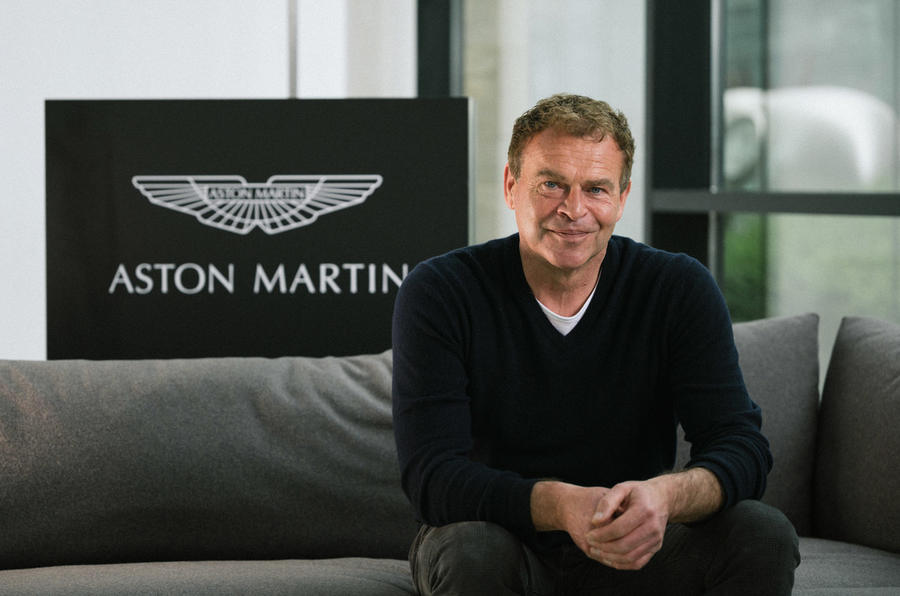Tobias Moers may seem like the new boss at Aston Martin, but it’s more than a year since he was hired and 10 months since he first moved into the CEO’s office. The combined effects of the pandemic and Moers’ preference for delivering results rather than soundbites mean he has been pretty much unreachable – until now.
However, as soon as he starts talking about progress, you can see why he has been keeping a low profile. There has been much urgent stuff to get on with, and most of it under the eagle eye of the stock exchange (Aston’s share price is still 10% of its flotation level) and of his take-no-prisoners chairman, Lawrence Stroll, the Canadian fashion mogul who personally owns the Aston-badged Formula 1 team. Much better, under such circumstances, to underpromise and overdeliver.
Moers has carefully chosen the date of this meeting at Gaydon with me and editor Mark Tisshaw. In a couple of days, he explains, he will be able to give bullish details of Aston’s first-quarter trading. Everything is percolating. Surplus sports cars in the pipeline have been cleared, senior management is now peppered with competent people who Moers trusts, Gaydon’s production system has been heavily reorganised and a new model development plan is on the way to implementation.
Moers has chosen a ground-floor meeting room inside the Gaydon HQ for our chat, rather than the ritzier and more personal corner office once occupied by Andy Palmer and Ulrich T Bez before him. The casually dressed German, 55, cuts an austere and slightly reluctant figure; his manner makes it clear he prefers not to have visitors clocking how his desk and office are curated. Even the rather hurried way his matt-grey Vantage is parked in the CEO’s generous parking space outside indicates that he prefers work to window dressing.

We’ve both interviewed Moers in his previous gig as head of Daimler’s thriving AMG arm (he had spent his entire career there, rising through the ranks). We’re aware that he’s hearteningly passionate about great cars, but that he also takes time to warm up. So we start in an obvious place: has he been to Aston before, what did he expect to find and what was his early experience?



























Join the debate
Add your comment
No freakin' kidding, Dave. What has crawled so far up your rear end? Did I say anything about the V12? NO. Because it's an Aston engine. The article is about the future plans for AM, including the cancelation of Aston's own V6. So there won't be any new - as in newly developed - Aston engines. Which is a crying shame. Pay attention.
What are you in about you daft git?
The DB11's V12 is the same design architecture as its predecessor. A few upgrades and re-sleeved engine to lower the displacement to 5.2 L. It's not from Mercedes AMG. All this white box black box stuff is utter rubbish as far as the V12 is concerned.
What are you in about you daft git?
The DB11's V12 is the same design architecture as its predecessor. A few upgrades and re-sleeved engine to lower the displacement to 5.2 L. It's not from Mercedes AMG. All this white box black box stuff is utter rubbish as far as the V12 is concerned.